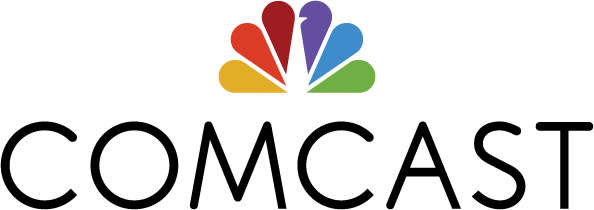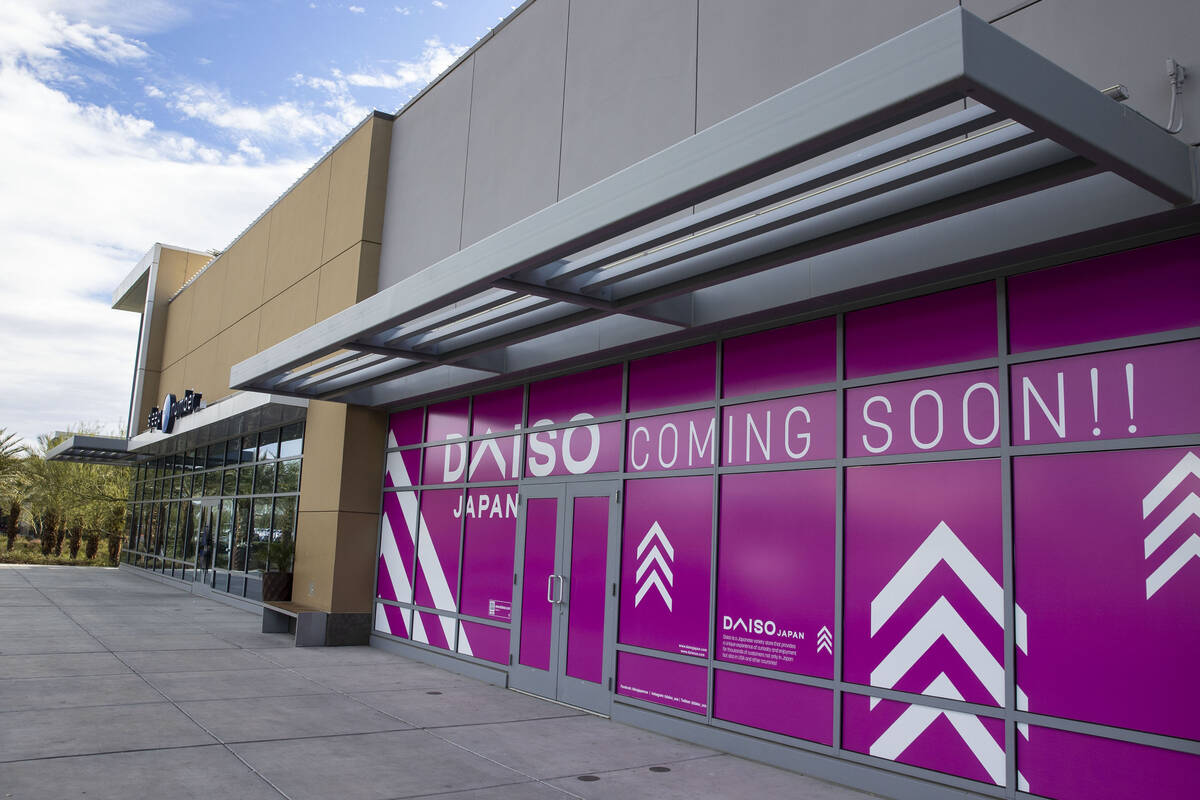The conversation
Veterans were particularly hard hit during the pandemic
Navy veteran Faron Smith Jr. reacts when he receives a COVID-19 vaccination at a pop-up vaccination center for the Veterans Administration in Gardena, California on April 17, 2021. Patrick T. Fallon / AFP via Getty Images) Day to commemorate his military dead, living military veterans face a fatal risk unrelated to war or conflict: the coronavirus. Different groups and communities were at different risk from the pandemic, such as the humanitarian disaster in India and inequalities in health outcomes in the US, problems with vaccine distribution and the outright opposition to vaccines. Veterans were among the hardest hit, with heightened health and economic threats from the pandemic. These veterans face homelessness, poor health care, delays in financial assistance, and even death. I’ve spent the past six years studying substance use and mental disorder veterans who are in the criminal justice system. This work found gaps in health care and financial support for veterans despite having some of the best publicly funded services in the country. Here are eight ways the pandemic continues to threaten veterans. 1. Age and other vulnerabilities 73% of veterans are over 50 years old and 89% are male. The largest group served in the Gulf Era has been exposed to dust storms, oil fires, and cremation pits with numerous toxins and possibly high rates of asthma and other respiratory diseases as a result. The second largest group served in the Vietnam era, when 2.8 million veterans were exposed to Agent Orange, a chemical defoliant associated with cancer. Age and respiratory disease are both risk factors for COVID-19 mortality. As of May 13, 2021, 258,078 people under the custody of the Veterans Administration had been diagnosed with COVID-19, of whom 11,941 have died. Reluctance to vaccinate continues to hamper the full vaccination effort, especially in rural areas. The Veterans Administration has established successful vaccine sales outlets that are now being administered to veterans, their spouses, caregivers, and others receiving VA health care. Approximately 2.5 million out of 19 million veterans have been vaccinated by the agency. However, demand is dropping from 75,000 appointments per day to 30,000, and President Joe Biden recently decided not to require vaccinations with the armed forces, where vaccination rates remain low. VA Hospital employee Wayne Malone joins staff outside the Brooklyn Veterans Administration Medical Center in New York on Monday, April 6, 2020, where he has called for more personal protective equipment and staff support for the care of COVID-19 patients. AP Photo / Kathy Willens 2. Improperly Denied or Late Service When a person transfers from active military service to veteran, they are issued a Certificate of Release or Release. This certificate contains information about the circumstances of the release or release. It contains characterizations such as “honorable”, “other than honorable”, “bad behavior” or “dishonorable”. These are crucial distinctions, as this status determines whether veteran administration will provide them with benefits. Research shows that some veterans with layoffs that limit their utility have symptoms of PTSD, military sexual trauma, or other behaviors related to military stress. Veterans from Iraq and Afghanistan have a disproportionately large number of these negative discharges than veterans from other eras. The Veterans Administration frequently and potentially illegally denies veterans services with “other than honorable” dismissals. Many veterans have requested an upgrade to their discharge status. There is a significant backlog of these upgrade requests and the pandemic has contributed to further delaying access to health care and other benefits. 3. Decreased Access to Health Care Dental offices, routine visits and elective surgeries in Veterans Administration medical centers have been postponed as individuals await full reopening of offices. Veterans administration hospitals are notoriously understaffed – just before the pandemic, the agency reported 43,000 vacancies from more than 400,000 healthcare positions. The pandemic added to these problems. A report from the Inspector General in the fall of 2020 found that 95% of the Veterans Administration’s health centers are missing a key employee, most often medical providers such as psychiatrists, general practitioners and nurses, but also the supervisory staff necessary for the cleanliness and hygiene of the facilities. 4. Mental health can deteriorate. An average of 20 veterans die from suicide every day. A national task force is currently dealing with this scourge. The impact of the pandemic on the mental health of veterans is not yet clear. The VA continues to promote digital mental health care as the number of visits to the office remains limited. Veterans suicide hotline calls rose 12% on March 22, 2020, just weeks after the crisis began. Recent information from the Department of Defense suggests that already worrying suicide rates have not changed as black and Hispanic veterans are at greater risk. 5. Complications for Homeless Veterans and Those in the Justice System The latest available pre-pandemic data documented 107,400 veterans in state or federal prisons and 181,500 incarcerated if we include prisons. While many facilities responded to the pandemic by releasing eligible veterans, there is a revolving door between duty and homelessness. After years of falling homelessness rates, homelessness rose 0.5% from 2019 to 2020. Prior to the January 2020 pandemic, an estimated 37,252 veterans were homeless on any given night. Thousands more veterans are under judicially supervised substance use and psychological treatment in veterans treatment courts. More than half of the veterans involved in the justice system suffer from either mental health problems or substance use disorders. Courts went online quickly after the state shutdown and many continue in this new mode. While online justice management is often useful in fulfilling the obligations of the treatment court, it can be a hindrance to those seeking the camaraderie that came with meeting in person. Other challenges relate to access to technology and the orderly process. As veteran facilities near new entrants, many veterans who have nowhere to go and potentially become homeless, like this Navy veteran in Los Angeles, with exit from jail or jail. Mario Tama / Getty Images 6. Delayed disability benefits The closure of Veterans Administration offices has exacerbated the long-standing backlog of disability claims, which has more than doubled over the course of the pandemic. Approximately 200,000 veterans wait more than 125 days for a decision. Anything that lasts less than 125 days does not count as a delay in entitlement to benefits. There is a long delay in medical exams to determine disability benefits. There was a backlog of 357,000 medical exams in March 2021, nearly three times the backlog from February 2020. The closure of the National Center for Personnel Records, which holds the physical records often required to obtain benefits, resulted in an estimated backlog of 18 to 24 months backlog of 499,000 document requests. These documents are often necessary to receive medical benefits and military honors after death. 7. Hazardous Housing Facilities Veterans in need of end-of-life care, people with cognitive disabilities, or those in need of substance treatment often live in overcrowded veterans’ offices or government-funded housing facilities. State-financed “soldiers’ homes” are known to be hungry for money and staff. The dire situation at the Holyoke, Massachusetts Soldiers’ Home, where 76 veterans died from a COVID-19 outbreak leading to criminal charges, and the deaths of 46 veterans at an Alabama facility highlight the risk that dormitory veterans may face early in the pandemic. 8. Economic Disaster The five industries hardest hit – mining, oil and gas exploration – employ 1.2 million veterans. Transport and Storage; Job placement; Travel arrangements; Leisure time and hospitality – due to the economic consequences of the coronavirus. Veteran unemployment stood at 3.5% before the pandemic and rose to 6.4% by September 2020. [Deep knowledge, daily. Sign up for The Conversation’s newsletter.] A disproportionate number of post-9/11 veterans reside in some of the hardest-hit communities that are dependent on these industries and have even higher unemployment rates than their non-veteran counterparts and other veteran cohorts. Many veterans may be evicted if the national eviction moratorium is lifted on June 30, 2021. Military spouses suffer the economic consequences, as do children affected by school closings. Veterans had many of the same problems they faced long before the coronavirus hit the shores of the United States. Given the problems that arise in today’s situation, veterans who already lacked adequate services and resources are now in greater trouble and will be more difficult to address to their needs. Editor’s Note: This is an updated version of a story that originally ran on April 16, 2020. This article was republished by The Conversation, a non-profit news site dedicated to sharing ideas from academic experts. It was written by: Jamie Rowen, University of Massachusetts Amherst. Read more: Death by Numbers: How the Vietnam War and Coronavirus Changed the Way We Mourn Why Some Nursing Homes Protect Residents and Staff Better From COVID-19 Than Others Jamie Rowen Receives Funding From The National Science Foundation.













